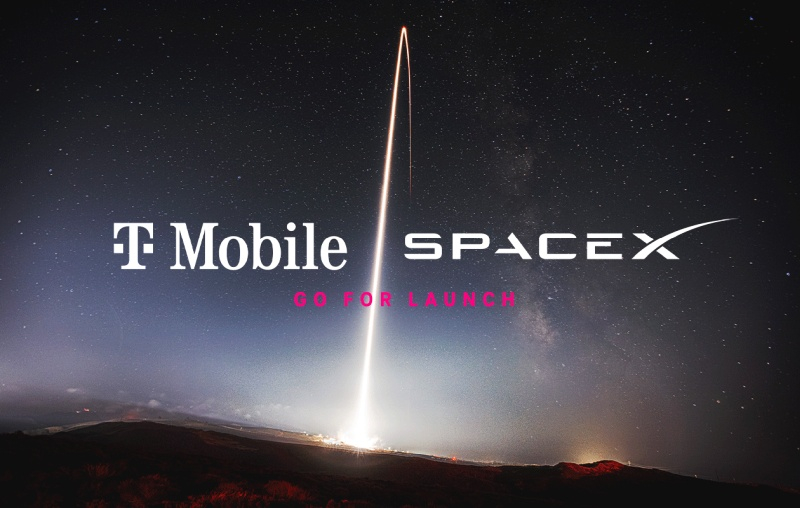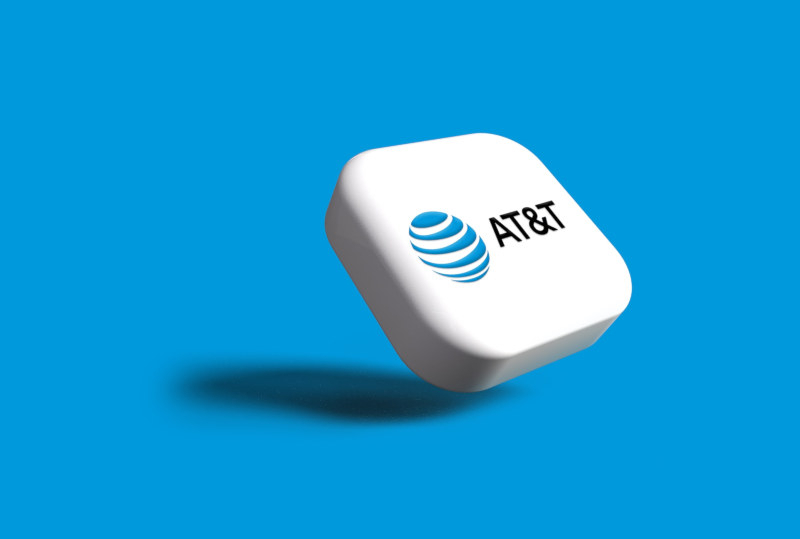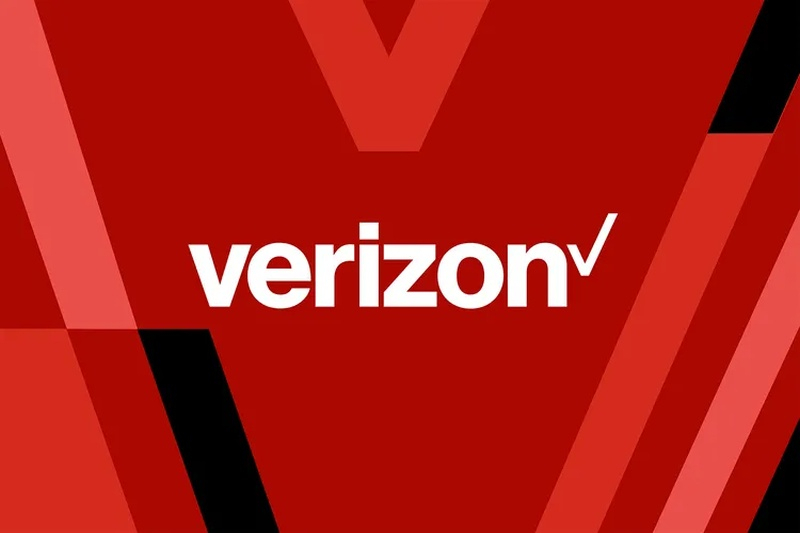Cellular operators AT&T and Verizon have called on the Federal Communications Commission (FCC) to reject SpaceX’s plan to jointly provide space cellular services with T-Mobile using modified Starlink satellites. They argue that the satellite system will interfere with and degrade the quality of terrestrial mobile broadband networks. SpaceX and T-Mobile have also faced opposition from satellite companies EchoStar and Omnispace.

Image source: T-Mobile
SpaceX and T-Mobile plan to offer “Supplemental Coverage from Space” (SCS) using the Starlink satellite constellation. As part of this plan, SpaceX is seeking the FCC to lift restrictions on the frequency bands it can use and the out-of-band power flux density limit. SpaceX’s proposals have drawn backlash from terrestrial mobile broadband network operators.
Power flux density is the amount of energy transmitted through a unit of area or volume in a certain time.
Out-of-band radio emissions are defined as unwanted emissions in the frequency band adjacent to the desired radio frequency band and result from signal modulation. It can be caused by a number of reasons, the most significant of which include the following.
AT&T believes that SpaceX’s requested “nine-fold increase” in permissible power flux-density limits for out-of-band emissions will create “unacceptable harmful interference to existing ground mobile operations.” AT&T claims that SpaceX’s proposal “will result in an average reduction in network downlink capacity of 18% in AT&T’s operational and representative market deployment [in the] PCS C Block.”

Image source: unsplash.com
Verizon said SpaceX’s proposal would “subject the incumbent, primary ground licensee’s operations in adjacent bands to harmful interference.” According to Verizon engineers, SpaceX’s actions will cause interference to terrestrial cellular operators well above the ITU [International Telecommunications Union] threshold, and SpaceX will not be able to provide adequate protection for terrestrial user equipment from potential interference from satellite systems.

Image Source: The Verge
AT&T, in its petition to deny SpaceX’s request, emphasized that “the deployment of SCS should not pose any risk to the vital terrestrial mobile broadband networks that millions of Americans rely on today.” The FCC defined SCS as secondary to terrestrial mobile services, requiring SCS to “preserve terrestrial network quality of service, protect spectrum rights, and minimize the risk of harmful interference.”
It should be noted that both AT&T and Verizon themselves intend to offer additional coverage from space through separate deals with satellite company AST SpaceMobile. AT&T even managed to advertise such a service, but was forced to withdraw it after a complaint from T-Mobile.
On August 8, a meeting was held between representatives of SpaceX and T-Mobile with FCC employees. SpaceX and T-Mobile have assured the FCC that their plan will not harm other types of wireless communications. SpaceX and other organizations interested in the proceedings have until August 22 to submit their arguments to the FCC. The deadline for responses from the FCC is August 29.
SpaceX claims that competitors are deliberately making misleading statements to make the SCS commercial launch deadline as difficult as possible and “to the right”: “Every time SpaceX demonstrated that it would not cause harmful interference to other operators […], these competitors changed the rules games or stated that their analysis should not have been trusted in the first place. […] These are last-minute attempts to block more advanced additional coverage partnerships and siphon off sensitive information to aid their own competing efforts. The Commission must not allow competitive gaming to stand in the way of lifesaving service for American consumers.”
T-Mobile told the FCC that it “has both a strong incentive and obligation to ensure that out-of-band emissions do not cause harmful interference” because it has licenses in both the PCS G Block band and the adjacent PCS C Block band . T-Mobile has confirmed that “the proposed operations in the G Block PCS will not cause harmful interference to terrestrial operations in adjacent bands, including T-Mobile’s own operations.”

Image source: unsplash.com
SpaceX has now launched more than 100 Starlink satellites ready to provide cellular service. According to a company spokesperson, SpaceX, in partnership with T-Mobile, “has made significant progress in testing the early network, demonstrating the robust capabilities of the system.”